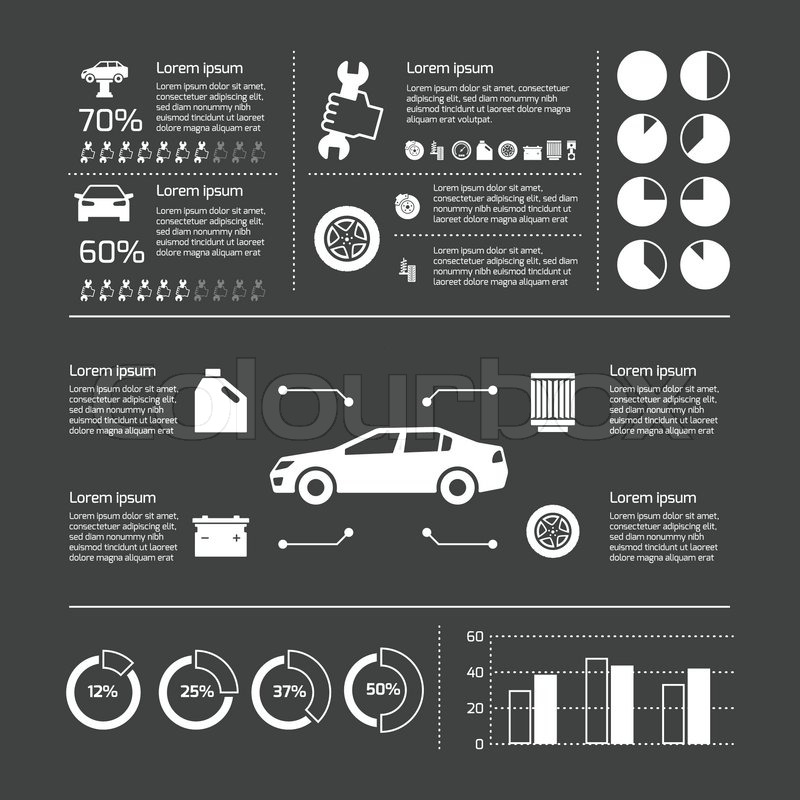Interested In Understanding The Warning Lights On Your Automobile'S Dashboard? Discover Their Relevance For Your Automobile'S Safety And Total Condition
Interested In Understanding The Warning Lights On Your Automobile'S Dashboard? Discover Their Relevance For Your Automobile'S Safety And Total Condition
Blog Article
auto and marine detailing nz | car wash auckland auckland Written By-Termansen Shepherd
When you lag the wheel, those radiant warning lights on your control panel can be a bit complicated. Do you understand what they're attempting to inform you regarding your auto's wellness? Recognizing the relevance of these lights is crucial for your security and the longevity of your lorry. So, the following time one of those lights turns up, wouldn't you want to understand its message accurately and take the necessary steps to address it?
Common Caution Lighting and Interpretations
Recognize typical warning lights in your cars and truck and recognize their meanings to make sure safe driving.
The most regular caution lights consist of the check engine light, which indicates issues with the engine or discharges system. If this light begins, it's critical to have your vehicle inspected promptly.
The oil stress warning light suggests reduced oil pressure, needing instant attention to prevent engine damage.
A flashing battery light might recommend a damaged billing system, potentially leaving you stranded otherwise dealt with.
The tire stress surveillance system (TPMS) light informs you to reduced tire pressure, influencing car stability and gas effectiveness. Ignoring this could lead to risky driving problems.
The abdominal muscle light suggests a problem with the anti-lock braking system, jeopardizing your capacity to quit promptly in emergency situations.
Lastly, the coolant temperature level alerting light warns of engine getting too hot, which can result in severe damages otherwise settled promptly.
Recognizing these usual caution lights will assist you attend to concerns quickly and keep safe driving conditions.
Value of Prompt Focus
Recognizing the common caution lights in your auto is just the very first step; the value of immediately attending to these warnings can not be stressed enough to guarantee your safety and security when traveling.
When https://www.thereflector.com/stories/democratic-auto-shop-owner-seeks-herrera-beutlers-seat,289149 illuminates on your dashboard, it's your automobile's means of connecting a potential concern that requires attention. Overlooking these warnings can cause extra severe issues down the road, jeopardizing your security and possibly costing you a lot more in repairs.
Prompt interest to alerting lights can prevent malfunctions and mishaps. For example, a blinking check engine light can indicate a misfire that, if left unattended, could create damage to the catalytic converter. Addressing this immediately can save you from an expensive repair work.
In best detailer , a brake system warning light could indicate reduced brake liquid or used brake pads, important elements for your safety and security when driving.
Do It Yourself Troubleshooting Tips
If you discover a caution light on your dashboard, there are a few do it yourself troubleshooting ideas you can try prior to seeking specialist help.
The primary step is to consult your cars and truck's manual to comprehend what the specific caution light suggests. Sometimes the problem can be as basic as a loosened gas cap causing the check engine light. Tightening up the gas cap might settle the issue.
Another usual issue is a reduced battery, which can cause various alerting lights. Examining the battery links for deterioration and guaranteeing they're protected could take care of the problem.
If a warning light lingers, you can attempt resetting it by detaching the auto's battery for a few minutes and after that reconnecting it. In addition, inspecting your automobile's liquid levels, such as oil, coolant, and brake fluid, can help troubleshoot cautioning lights associated with these systems.
Verdict
To conclude, recognizing your vehicle's caution lights is important for keeping your vehicle running smoothly and securely. By promptly resolving these signals and understanding what they suggest, you can stay clear of costly repair services and prospective break downs.
Bear in mind to consult your cars and truck's manual for particular information on each cautioning light and do something about it as necessary to ensure a trouble-free driving experience.
Remain educated, stay safe when driving!
